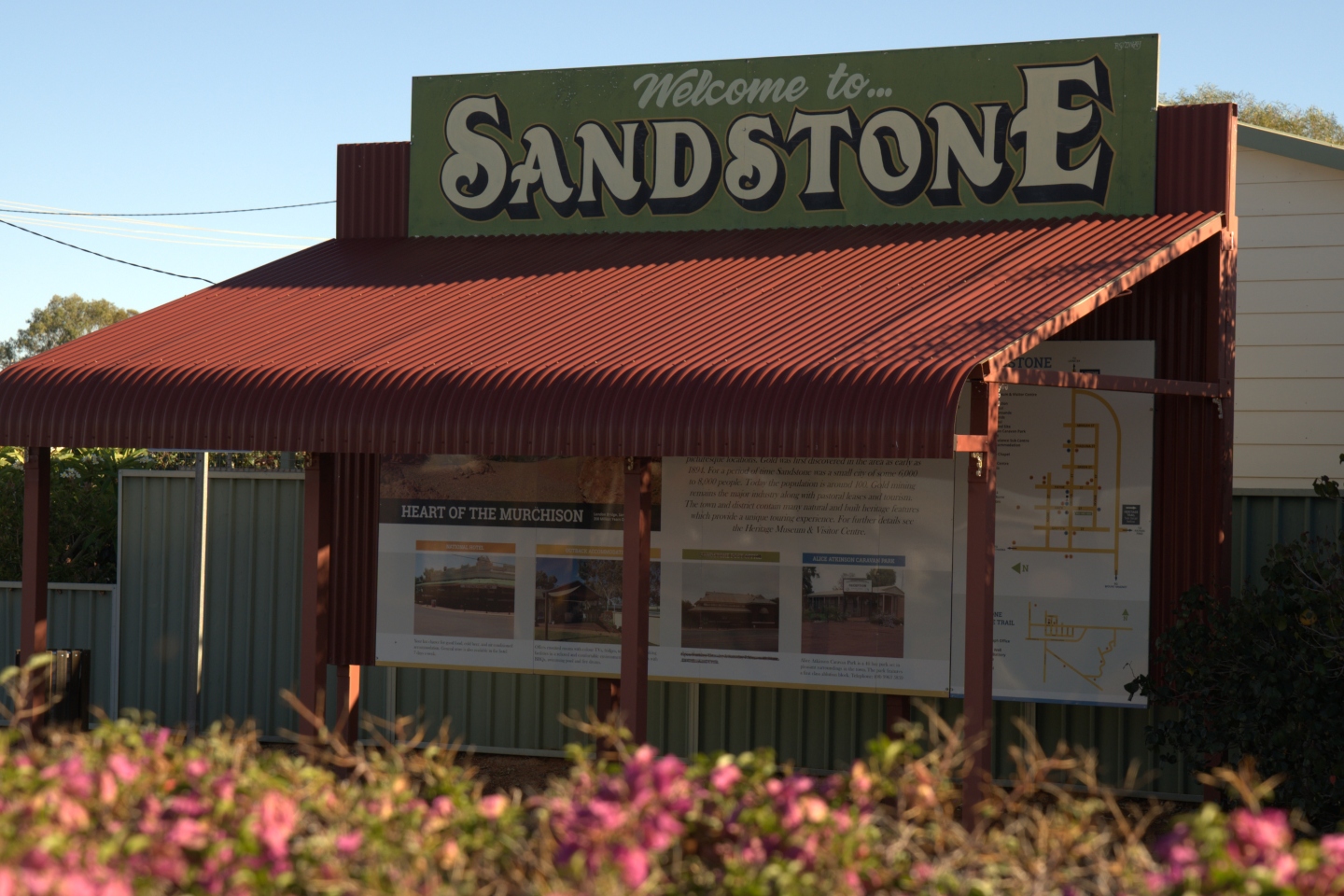Aurumin has acquired two new exploration licence applications next to the company’s 881,000-ounce Sandstone gold project. The new ground encloses similar prospective geology and mineralisation controls to those within Aurumin’s main project area. With only limited exploration to date at the company’s new ground, it offers considerable additional potential to discover previously unknown areas of gold mineralisation.

Aurumin has stretched its footprint in Western Australia’s Mid West town of Sandstone after picking up two new exploration licence applications (ELAs) in a successful deal with private company, Kurnod.
The applications cover highly-prospective ground near the company’s recently-acquired Central Sandstone gold project (CSGP) that is centred just 10km south of Sandstone on the main southern access routes into the township.
As part of the agreement, management will fork out $32,087 and 1 million shares at the deemed price of $0.03 cents, in addition to giving up a 1 per cent net smelter return royalty.
Aurumin originally picked up the 784,000-ounce CSGP from Middle Island Resources in March last year. After a successful reverse-circulation (RC) drilling program, the company lifted its resource by a further 97,000 ounces of gold to its current 881,000 ounces, which is tantalisingly just shy of the magic million-ounce mark and about as much as the entire historical Sandstone production from the Youanmi Terrane greenstones.
In addition to the current resource, the project is well-endowed with significant infrastructure and an expanding tenement footprint where management is aiming to support a future gold-mining operation.
Aurumin managing director Brad Valiukas said: "We are pleased to be further expanding our footprint in the Sandstone region with these tenement applications, including a great addition directly adjacent to Aurumin’s existing mining tenements at Sandstone. The tenements, when granted, will provide additional exploration opportunity, as we focus on generating critical mass for future production at Sandstone.”
Centred within 6km of the CSGP and covering major structures and the same rock types as those known to exist at the company’s established resource, the new acquisitions are helping to build seriously prospective acreage.
The bigger of the two new ELAs is contiguous with and on the north-east corner of the CSGP and to date has seen only reconnaissance exploration by surface sampling and broad-spaced drilling. Similar to the CSGP, it is on the nose of a major greenstone fold comprising ultramafic rocks and banded ironstone formations (BIFs) and encloses mainly ultramafic rock types.
googletag.cmd.push(function() { googletag.display('bn-dfp-article-lb2-advert'); });It is cut by the regional-scale Hack’s Creek structure that passes north/north-west through the application area, disrupting all the greenstones comprising the fold and potentially providing many structural conduits and traps for gold mineralisation.
The smaller of the new ELAs lies just 8km south-west of the CSGP. While it is largely untested by drilling, with only six drillholes known to have been completed to date, it warrants focussed exploration because it straddles the same ultramafic, BIF and metasedimentary greenstone units on the western limb as those covered by the bigger ELA and is part of the same suite that hosts the Bellchambers, Bulchina and Golden Raven gold mineralisation.
The prospectivity of both ELAs invites enthusiastic exploration, not only through their proximity to known resources in the area and common rock-types, but also in consideration of the common axial and fold-nose structural associations of all of Aurumin’s expanded tenure.
The associations embrace the many prospective mechanical contrasts that exist between interlayered ultramafic rocks and BIFs. While ultramafics tend to readily accommodate strike-slip movement with along-strike shearing in high-stress locations such as fold noses and nearby flanks, typically brittle BIFs fracture under stress and open mineralisation conduits that are often perpendicular to strike and are well-known hosts for gold mineralisation throughout WA.
The association in this context suggests the potential for multiple mineralised intersections between these distinct strike-slip and cross-strike structures. Accordingly, it is possible that individual units and their respective disruptions might be distinguished using geophysics and offer considerable opportunity for big wins for Aurumin that will further build their resources.
Is your ASX-listed company doing something interesting? Contact: matt.birney@businessnews.com.au
















